Vacation Packages to Abu Simbel
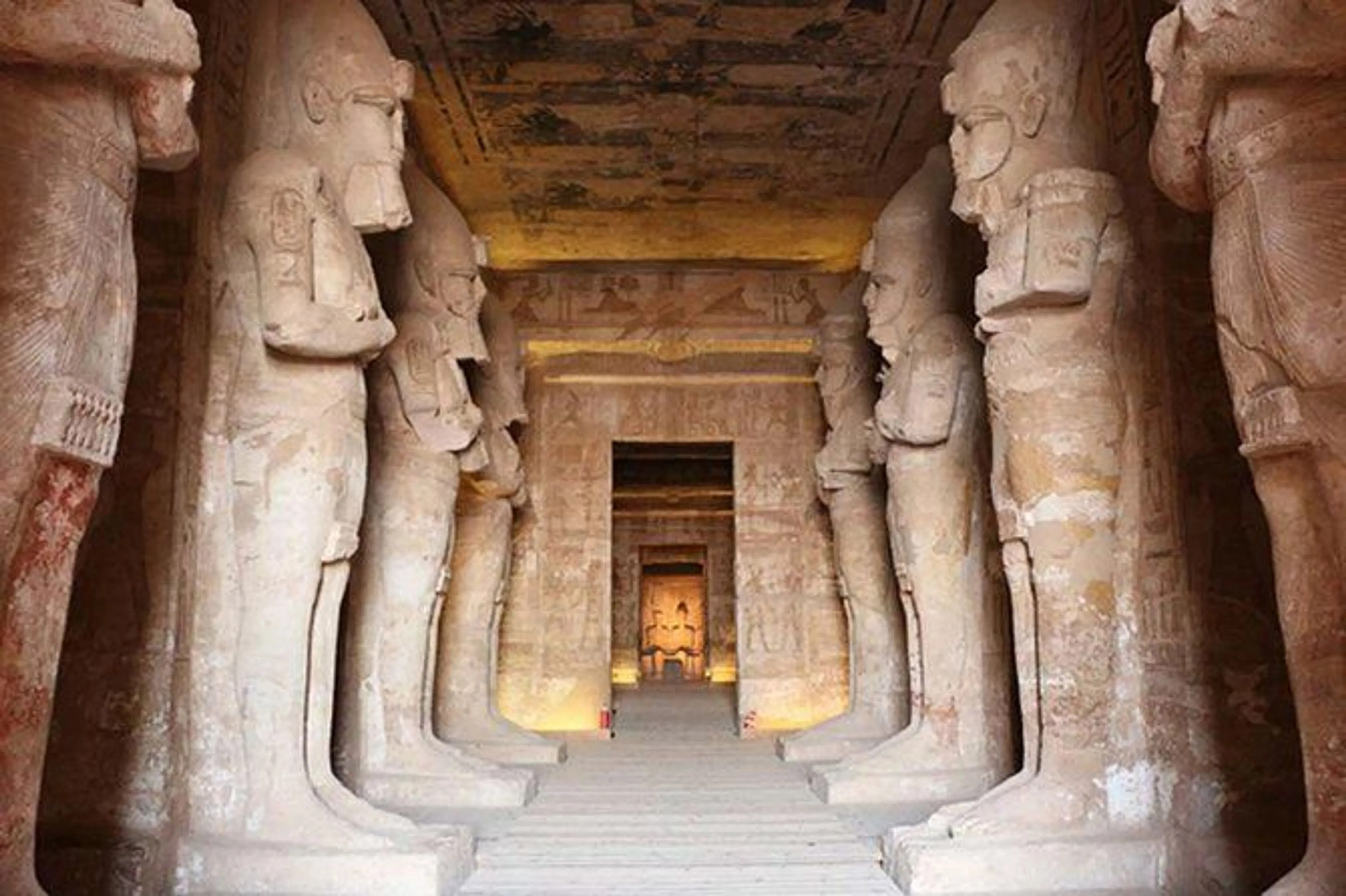
Customize it!
COMPLETE EGYPT
Pyramids, Cairo, Luxor, Aswan, Esna, Edfu, Kom Ombo, Abu Simbel, and much more.
English
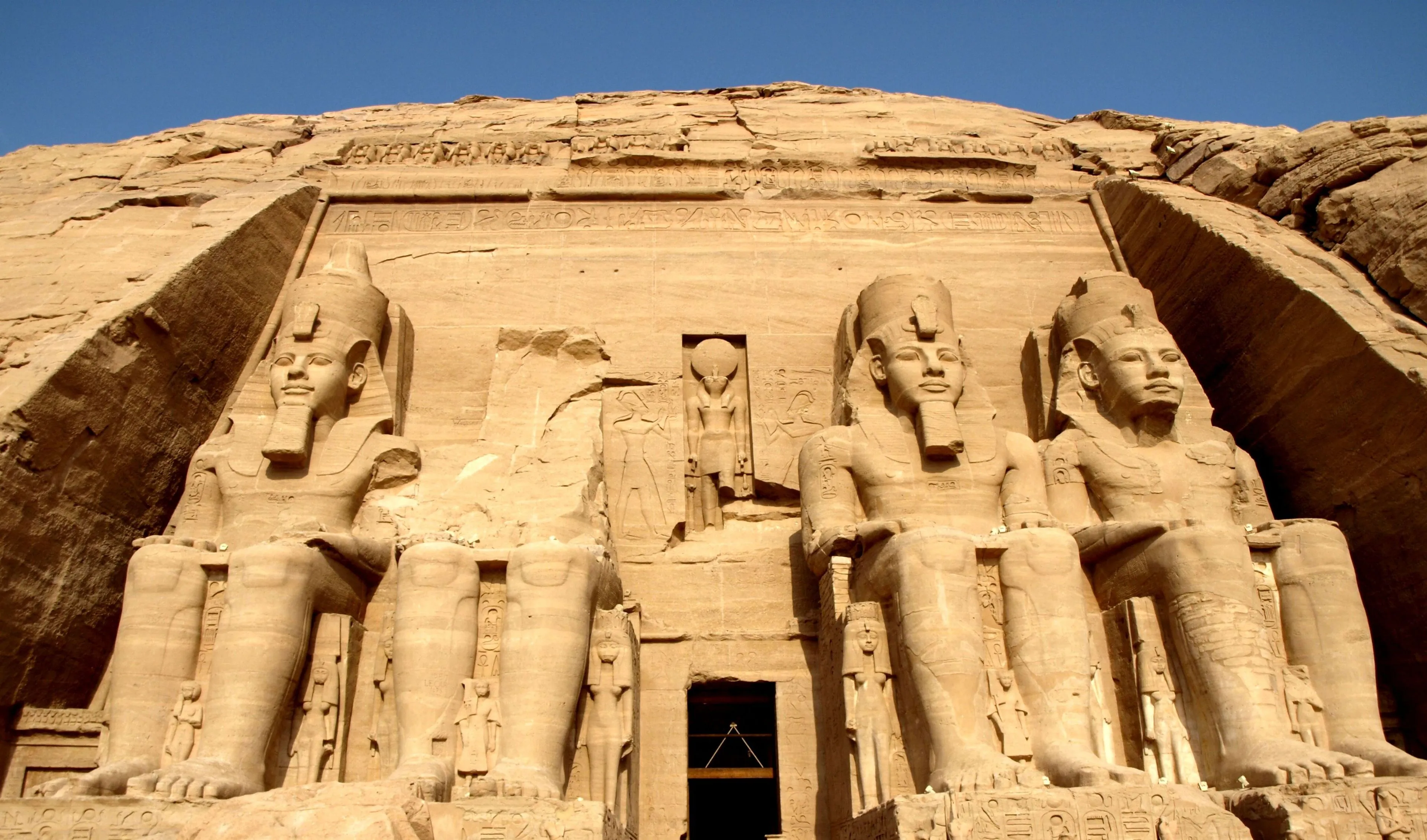
Customize it!
TREASURES OF EGYPT
Pyramids, Cairo, Luxor, Aswan, Esna, Edfu, Kom Ombo, Abu Simbel & much more
English
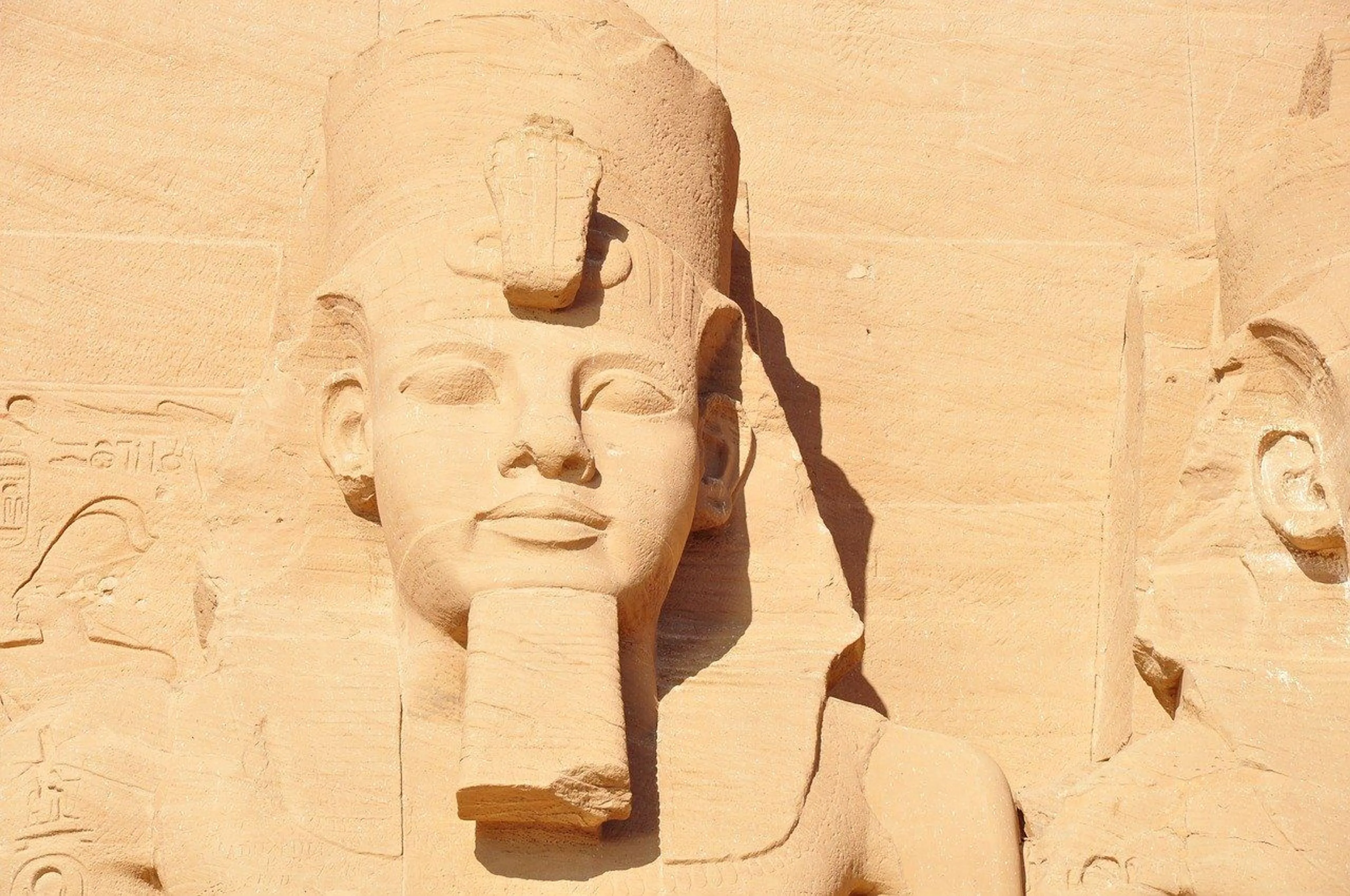
Customize it!
TREASURES OF EGYPT & SPAIN
Cairo, Luxor, Aswan, Abu Simbel, Madrid, Cordoba, Seville and more.
English
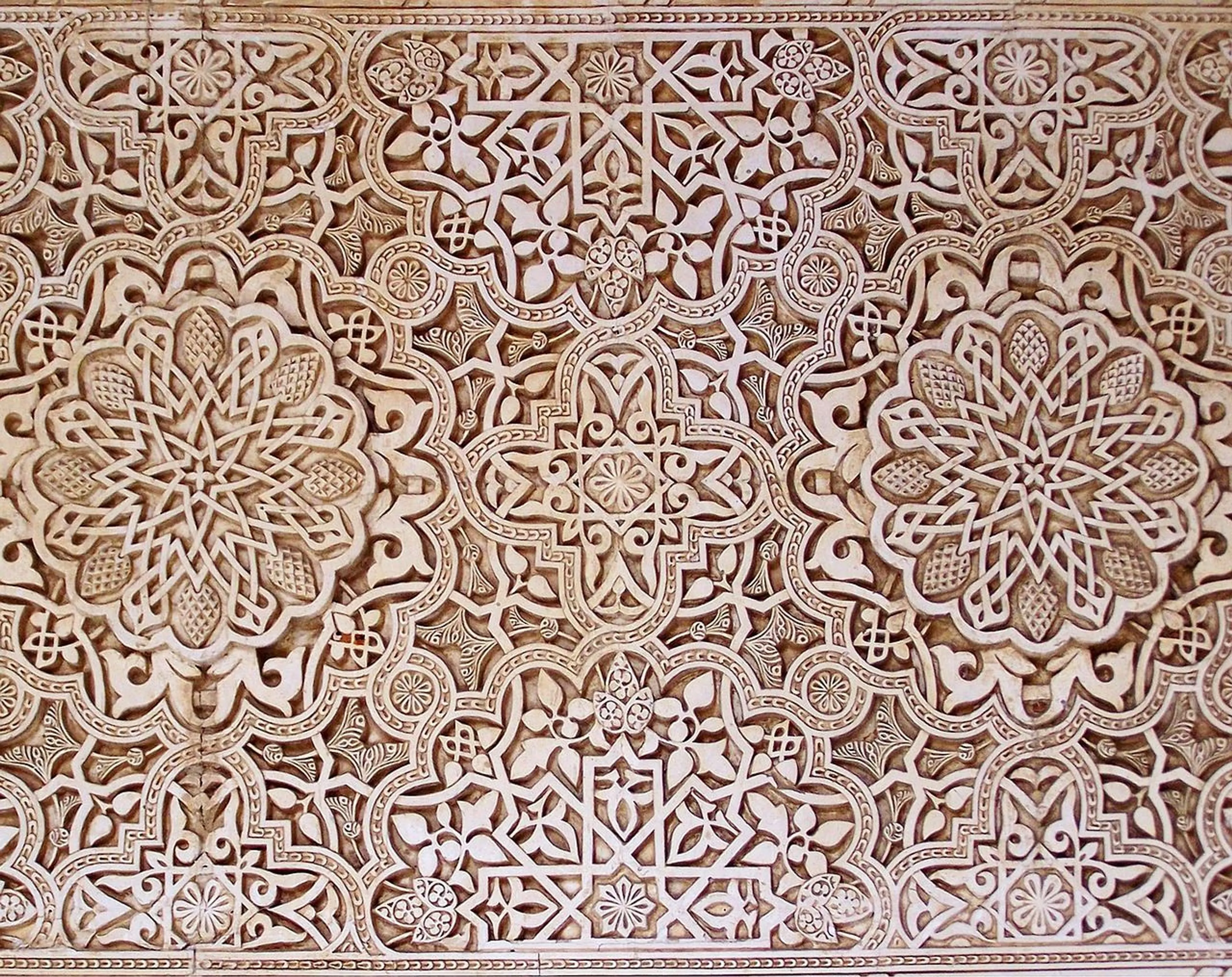
Customize it!
TREASURES OF SPAIN & EGYPT
Madrid, Cordoba, Seville, Cairo, Luxor, Aswan, Abu Simbel and more.
English
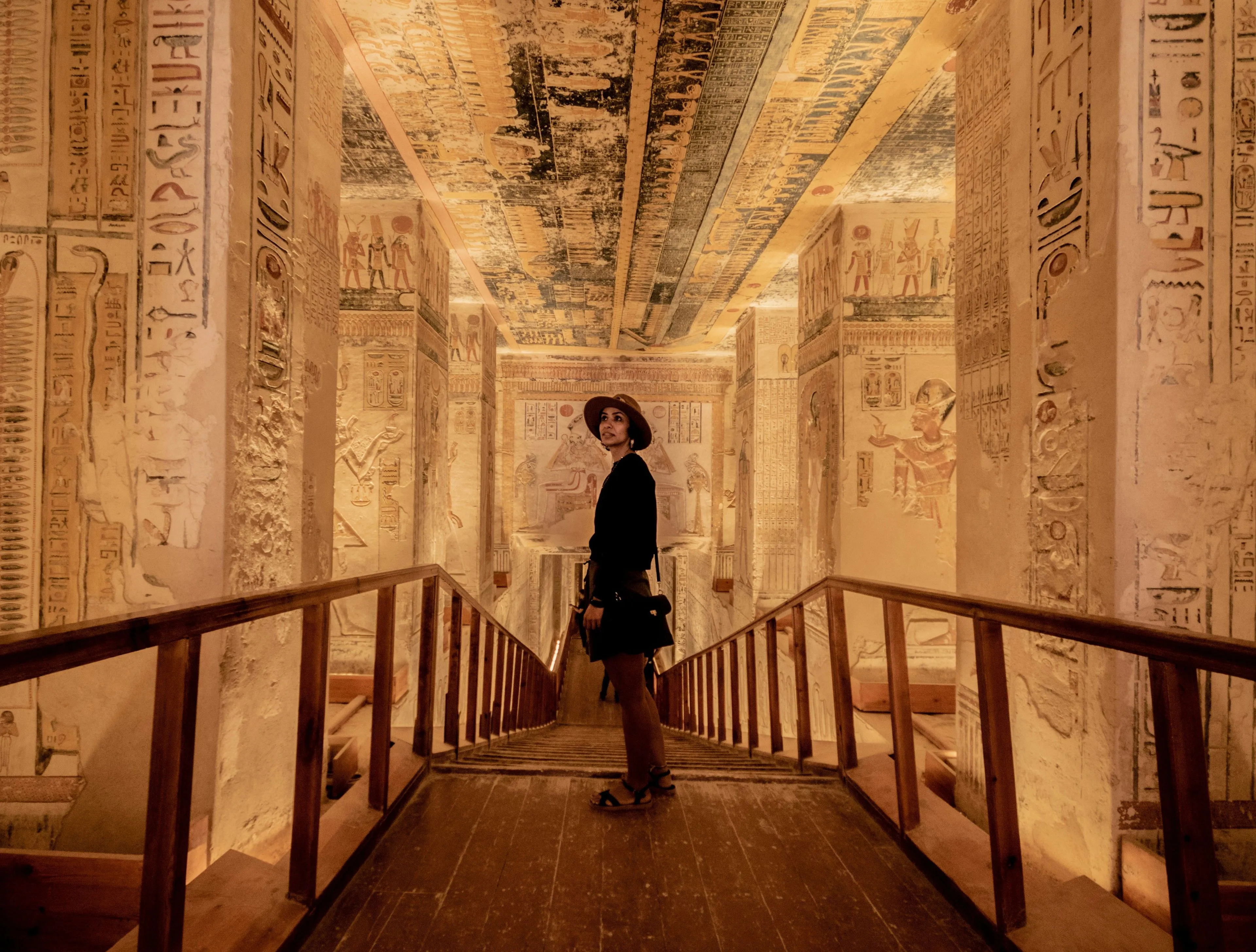
Customize it!
COMPLETE EGYPT & SHARM EL SHEIKH
Pyramids, Cairo, Luxor, Aswan, Esna, Edfu, Kom Ombo, Abu Simbel, Sharm el Sheikh & much more.
English
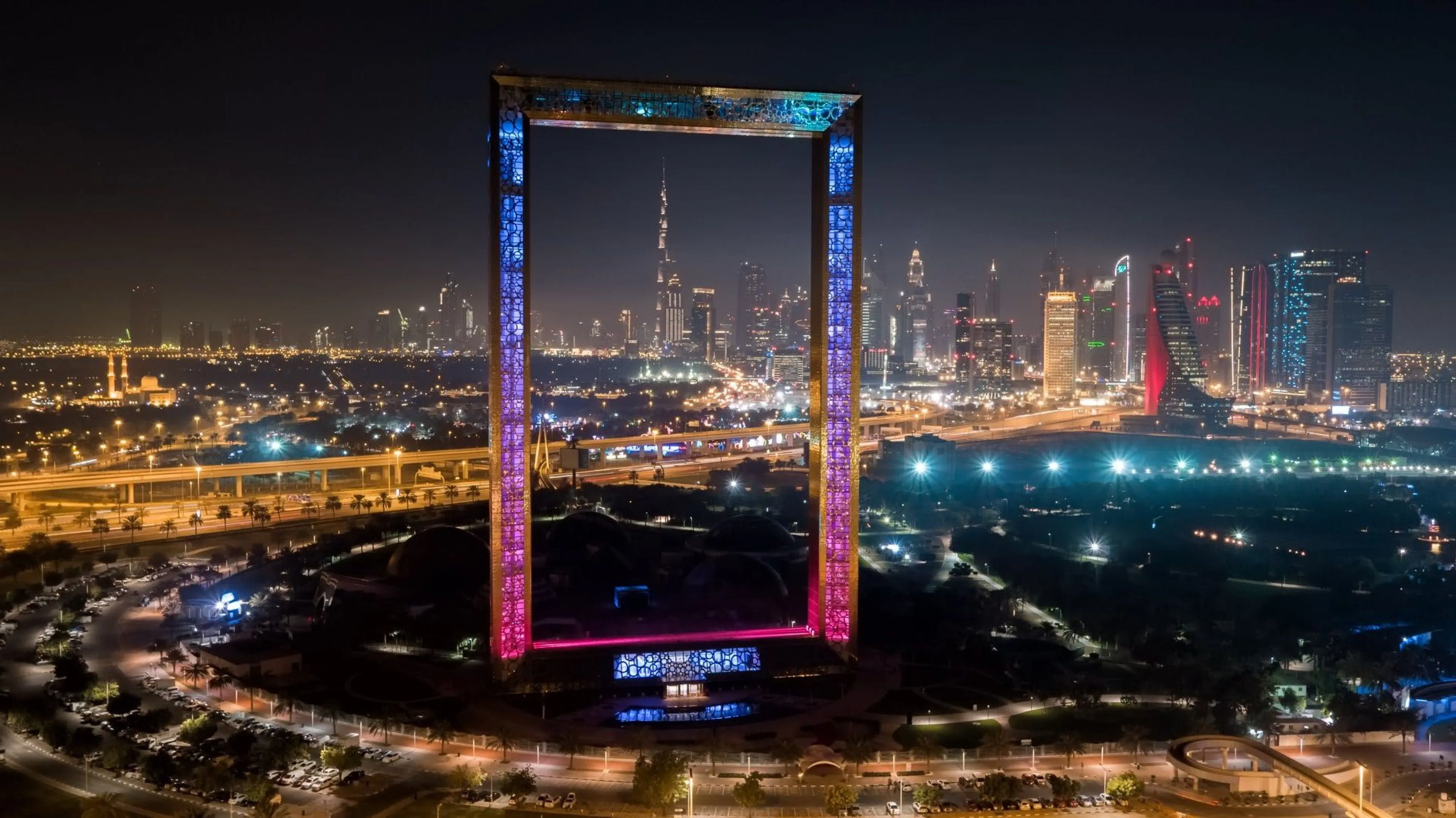
Customize it!
ARAB GIANTS
Cairo, Nile Cruise, Abu Simbel, Aswan, Luxor, Dubai, Abu Dhabi & much more.
English
Customize your package
Select from our wide variety
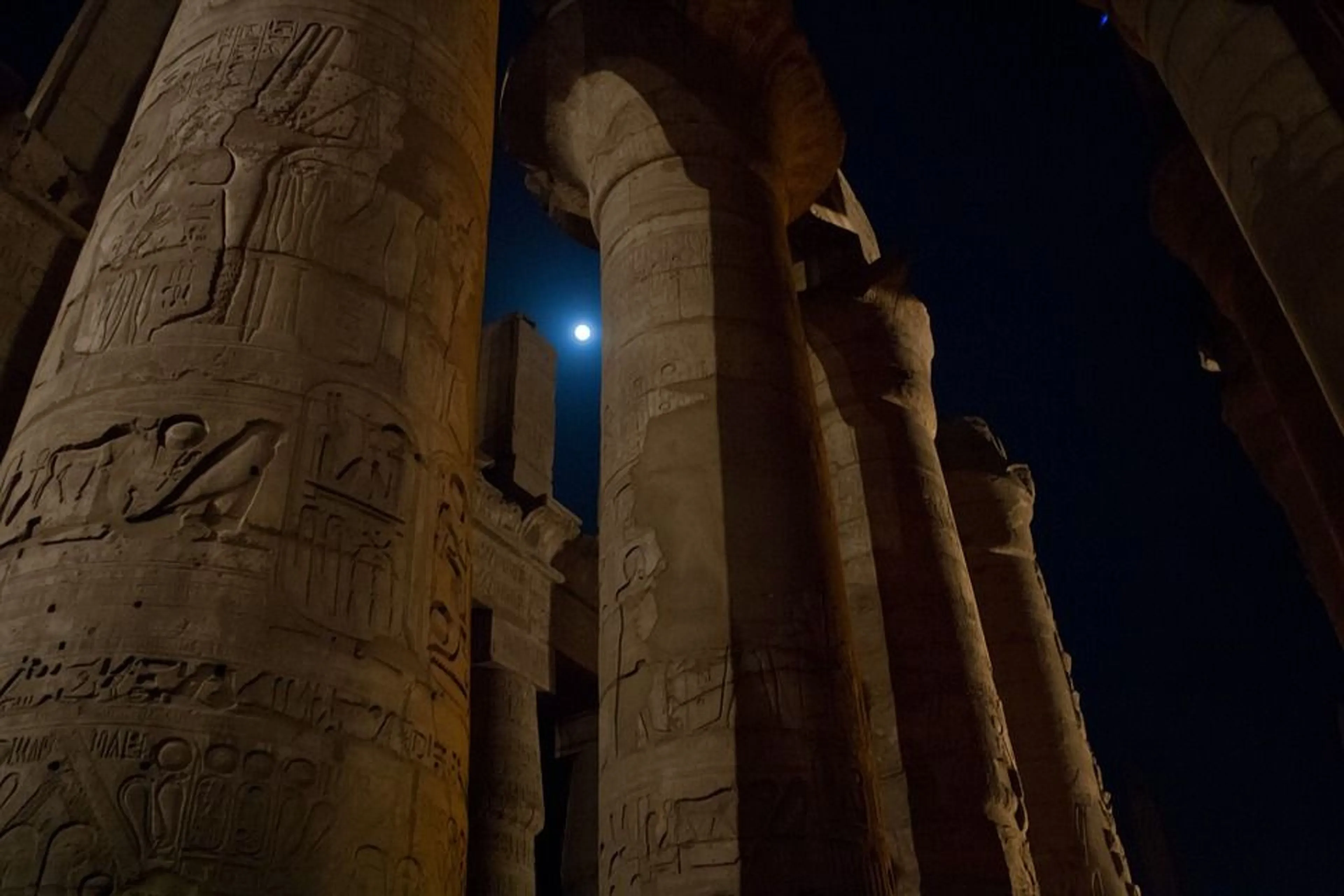
Customize it!
ROMAN & WONDERS OF EGYPT
Rome, Cairo, Luxor, Esna, Edfu, Kom Ombo, and much more.
English
General Information about Abu Simbel
If you are looking for a unique adventure full of history, you should consider traveling to Abu Simbel. This place is one of the most popular tourist destinations in Egypt, and for good reason.
Located on the banks of the Nile River, Abu Simbel is famous for its rock-cut temples, built during the reign of Ramses II in the 13th century BC.
The temples are an architectural and artistic masterpiece, with sculptures and reliefs portraying the life and exploits of Ramses II.
But Abu Simbel is not just a destination for history buffs. The site also offers breathtaking views of the Nile River and a warm, dry climate that is perfect for enjoying outdoor activities such as camel rides and boat excursions.
In addition, the region is home to unique wildlife, with species such as the sacred ibis and the Nile lizard. Visitors can enjoy wildlife viewing around Abu Simbel.
In short, traveling to Abu Simbel is a unique and exciting experience that will transport you to an ancient world full of history and culture - don't miss the opportunity to explore this wonderful place!
What to See in Abu Simbel
Abu Simbel has several places of interest around it that you can not miss on your vacation to Egypt.
Temple of Ramses II
The Temple of Ramses II in Abu Simbel is a masterpiece of Egyptian architecture and art. It was built during the reign of Ramses II in the 13th century BC and is considered one of the most impressive temples of Ancient Egypt.
The façade of the temple is carved into the rock and features four colossal statues of Ramses II that stand more than 20 meters high.
These statues are a testament to the power and importance that Ramses II held in ancient Egypt.
Inside the temple, visitors can find sculptures and reliefs depicting the life and exploits of Ramses II, as well as Egyptian deities such as Amun, Ra and Ptah.
The inner chamber of the temple also features a statue of Ramses II seated on his throne, flanked by gods.
In addition, the temple of Ramesses II is aligned in such a way that twice a year, at the equinoxes, the first rays of the sun illuminate the inner sanctuary of the temple.
This astronomical phenomenon is a sign of the knowledge and skill of the ancient Egyptians in astronomy and temple construction.
In summary, the Temple of Ramesses II at Abu Simbel is an impressive work of art and architecture that represents the greatness and importance of Ramesses II in the history of Egypt. It is a must-see for anyone interested in the history and culture of Ancient Egypt.
Temple of Nefertari
The Temple of Nefertari, also known as the Temple of Queen Nefertari, is a temple located in Abu Simbel, Egypt, and was built during the reign of Pharaoh Ramses II, in honor of his wife, Queen Nefertari.
It is considered one of the best preserved temples of Ancient Egypt.
The facade of the temple is carved into the rock and has six colossal statues of Queen Nefertari, which stand more than 10 meters high.
The entrance to the temple is flanked by two smaller statues of the queen and Ramses II.
Inside the temple, visitors can find sculptures and reliefs depicting the life of Queen Nefertari and her relationship with the Egyptian gods.
The inner chamber of the temple features a statue of Queen Nefertari seated on her throne, accompanied by Egyptian deities such as Hathor, the goddess of music, dance and love.
The Temple of Nefertari is a stunning example of Egyptian art and architecture, and is a testament to the love and devotion of Pharaoh Ramses II for his wife. It is a must-see for anyone interested in the history and culture of Ancient Egypt.
Nubia Museum
The Nubia Museum is one of the most important museums in Aswan, Egypt, and is located on Elephantine Island. This museum was built in 1997 to preserve the history and culture of the Nubia region, which was flooded by the construction of the Aswan Dam.
The museum has an impressive collection of artifacts and objects dating from Prehistoric to Islamic times. Highlights include statues of Egyptian gods, reliefs, ceramics and everyday objects from the Nubian culture.
In addition, the museum has a room dedicated to the exhibition of the construction of the Aswan Dam and its impact on the Nubian region. This room presents a series of photographs and objects related to the construction of the dam and its impact on the lives of the people of the region.
Valley of the Kings
The Valley of the Kings is an archaeological site located on the west bank of the Nile River in Luxor, Egypt. It was built during the New Empire period, between 1550 and 1070 BC, and is considered one of the wonders of the ancient world.
The Valley of the Kings houses the tombs of the pharaohs and their families, and is famous for its murals and hieroglyphics that narrate the life and reign of the pharaohs.
Among the most famous tombs are the tomb of Tutankhamun, the tomb of Ramses III and the tomb of Seti I.
The entrance to the Valley of the Kings is through a gateway guarded by colossal statues, which give way to a series of subway corridors and chambers leading to the tombs of the pharaohs.
Most of the tombs are decorated with murals and hieroglyphs that tell the story of the life and reign of the pharaohs, as well as with valuables and funerary offerings.
Philae Temple
The Temple of Philae is an ancient Egyptian temple located on the island of Philae in southern Egypt, near Aswan. It was built in the 3rd century BC during the Ptolemaic period and is dedicated to the goddess Isis, who was considered the mother goddess and protector of the pharaohs.
The temple is located on a small island surrounded by the Nile River and is accessible via a short boat trip. The temple itself is an impressive work of ancient architecture and features a series of rooms and corridors decorated with reliefs and hieroglyphs that narrate the life and myths of the goddess Isis.
One of the most remarkable features of the Temple of Philae is its location, surrounded by water and vegetation, which gives it a magical and mysterious air. In addition, the temple has a garden of palm trees and other trees that provide shade and coolness in the hot summer days.
Traditional Abu Simbel Food
The traditional food of Abu Simbel is a true delight for lovers of Egyptian cuisine. The local cuisine is rich in flavors and aromas and is influenced by Arab and Mediterranean cuisine.
Among the most popular dishes is the Koshari, a dish made with rice, lentils, pasta, fried onion and tomato sauce, accompanied by a spicy sauce called "Dakka".
It is also very common to find "Ful medames", which consists of a mixture of cooked beans, olive oil, lemon and cumin, and is served with bread.
Another popular dish is "Mahshi", which is vegetables stuffed with rice and minced meat, and served with tomato sauce.
You can also try the "Kebab", which are skewers of grilled meat, or the "Shawarma", which are slices of marinated meat, served inside a pita bread.
As for desserts, tourists should not miss the "Basbousa", a semolina cake with almonds and sugar syrup, or the "Umm Ali", a hot milk dessert with dried fruits and raisins.
Take a look at Greca's travel guides and make the most of your vacation in Egypt.
Cultural Aspects about Abu Simbel
Abu Simbel is a tourist site that has a great cultural and spiritual value for Egypt. This site was built by Pharaoh Ramses II during the 13th century BC and is located in the region of Nubia, on the banks of the Nile River.
One of the cultural highlights of Abu Simbel is its monumental architecture and rich iconography. The temple of Abu Simbel has four large statues of Ramses II on the facade, representing the pharaoh as a god and symbolizing his military and religious power.
In addition, inside you can find murals and reliefs that tell the story of royalty and Egyptian mythology.
Another cultural aspect of Abu Simbel is its religious importance. The temple was dedicated to the gods Amun, Ra and Ptah, and its construction was seen as an act of devotion and gratitude to them.
In addition, it is believed that the temples of Abu Simbel were designed to mark the beginning of the New Year and the winter solstice, events that were celebrated with great religious ceremonies.
Finally, another relevant cultural aspect of Abu Simbel is its relationship with the Nubian region and its culture. This region was inhabited by the Nubians, a people with a rich history and a culture distinct from the Egyptian.
Today, the people of Nubia continue to preserve their traditions and customs, and are a major tourist attraction for visitors to Abu Simbel.
01How to get to Abu Simbel?
Abu Simbel is located in the Nubia region of southern Egypt. The most common way to get there is by plane from Aswan, as it is about 3 hours by car. It is also possible to arrive by boat from Aswan.
02When is the best time to visit Abu Simbel?
The best time to visit Abu Simbel is during the winter months, from November to February, when temperatures are cooler. Avoid visiting Abu Simbel in summer, when temperatures can reach up to 45 degrees Celsius.
03Is it safe to travel to Abu Simbel?
Yes, it is safe to travel to Abu Simbel. However, as with any tourist site, it is important to stay alert and take basic safety precautions, such as keeping an eye on your belongings and avoiding traveling alone at night.
04What is the weather like in Abu Simbel?
Abu Simbel has a desert climate, which means it is very hot throughout the year, with maximum temperatures that can exceed 40 degrees in the summer months. In winter, temperatures are milder, but can still reach 25 degrees during the day.
05What documentation do I need to enter Egypt?
To enter Egypt, you will need a valid passport valid for at least six months and a tourist visa. The visa can be obtained at the airport of arrival or at Egyptian embassies and consulates abroad prior to departure.
In addition, other documents such as a vaccination certificate against certain diseases may be required, depending on the visitor's country of origin.
It is important to check with Egyptian immigration authorities for up-to-date and accurate information on entry requirements.
06How many days can I visit Abu Simbel in its entirety?
The recommended time to visit Abu Simbel depends on your personal interests and the number of sites you wish to explore. Generally, a guided tour of the Abu Simbel complex can take about 2-3 hours. However, if you wish to further explore the Nubia region and its other nearby tourist sites, such as Aswan or the Valley of the Kings, it is advisable to dedicate at least 3-4 days.